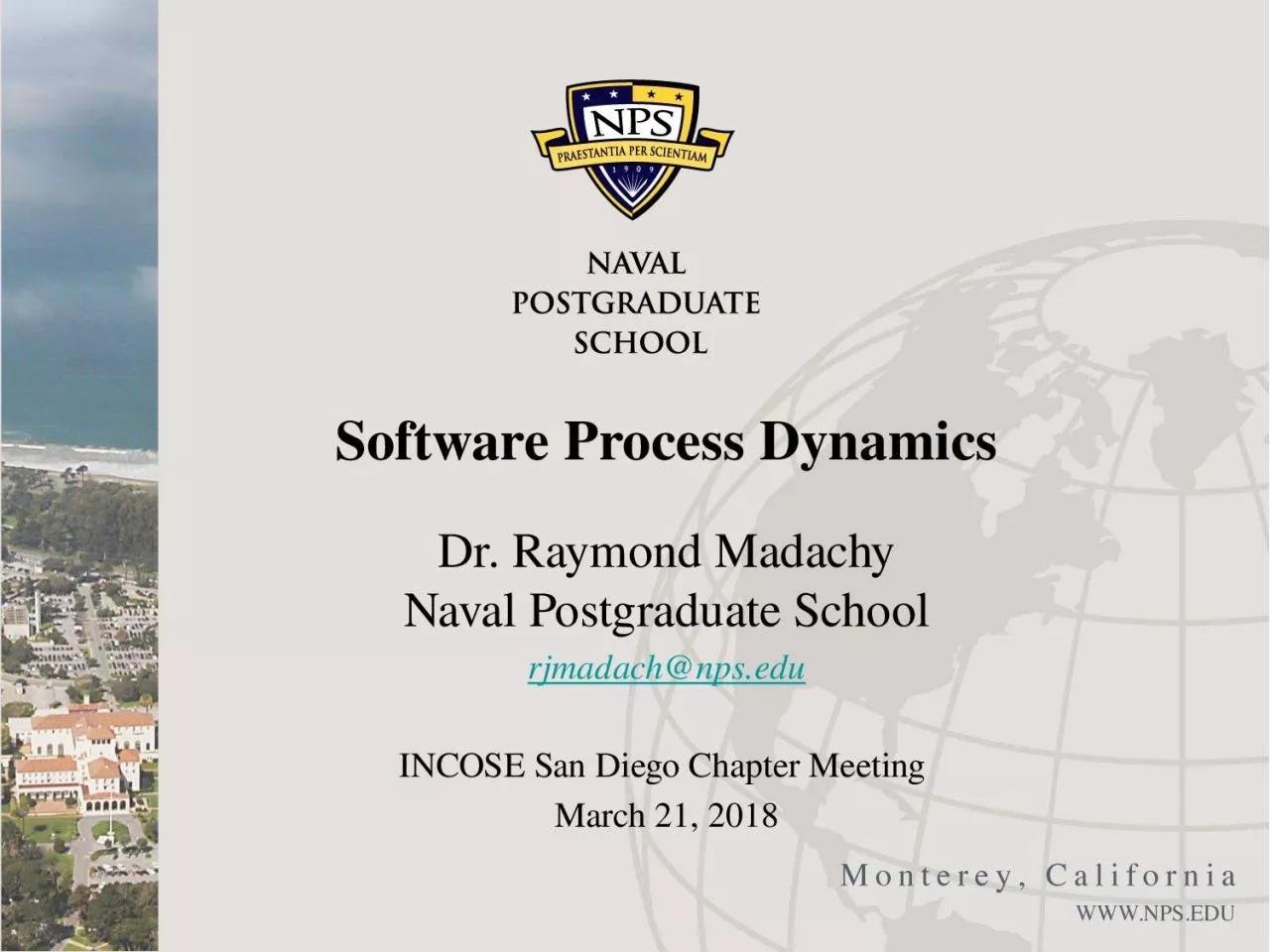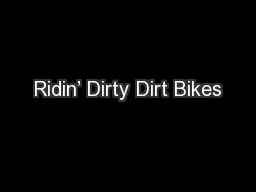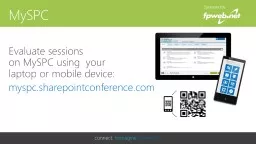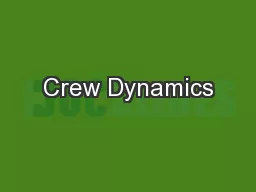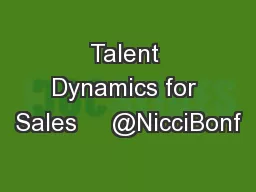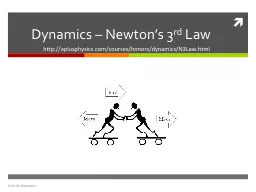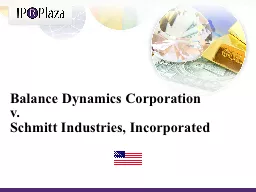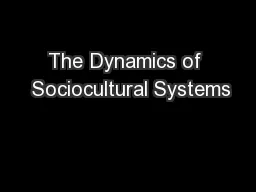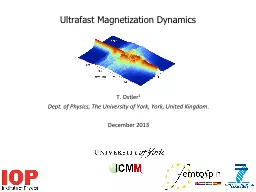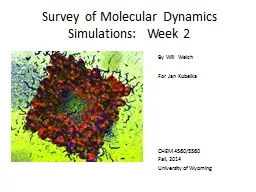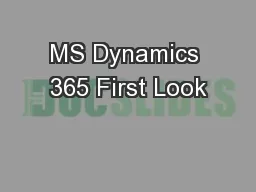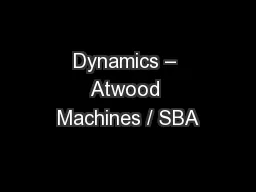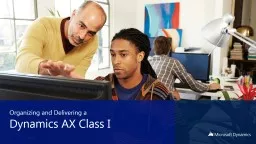PPT-Software Process Dynamics
Author : Dollface | Published Date : 2022-08-04
Dr Raymond Madachy Naval Postgraduate School rjmadachnpsedu INCOSE San Diego Chapter Meeting March 21 2018 2 Agenda Introduction Overview Process models and system
Presentation Embed Code
Download Presentation
Download Presentation The PPT/PDF document "Software Process Dynamics" is the property of its rightful owner. Permission is granted to download and print the materials on this website for personal, non-commercial use only, and to display it on your personal computer provided you do not modify the materials and that you retain all copyright notices contained in the materials. By downloading content from our website, you accept the terms of this agreement.
Software Process Dynamics: Transcript
Download Rules Of Document
"Software Process Dynamics"The content belongs to its owner. You may download and print it for personal use, without modification, and keep all copyright notices. By downloading, you agree to these terms.
Related Documents

